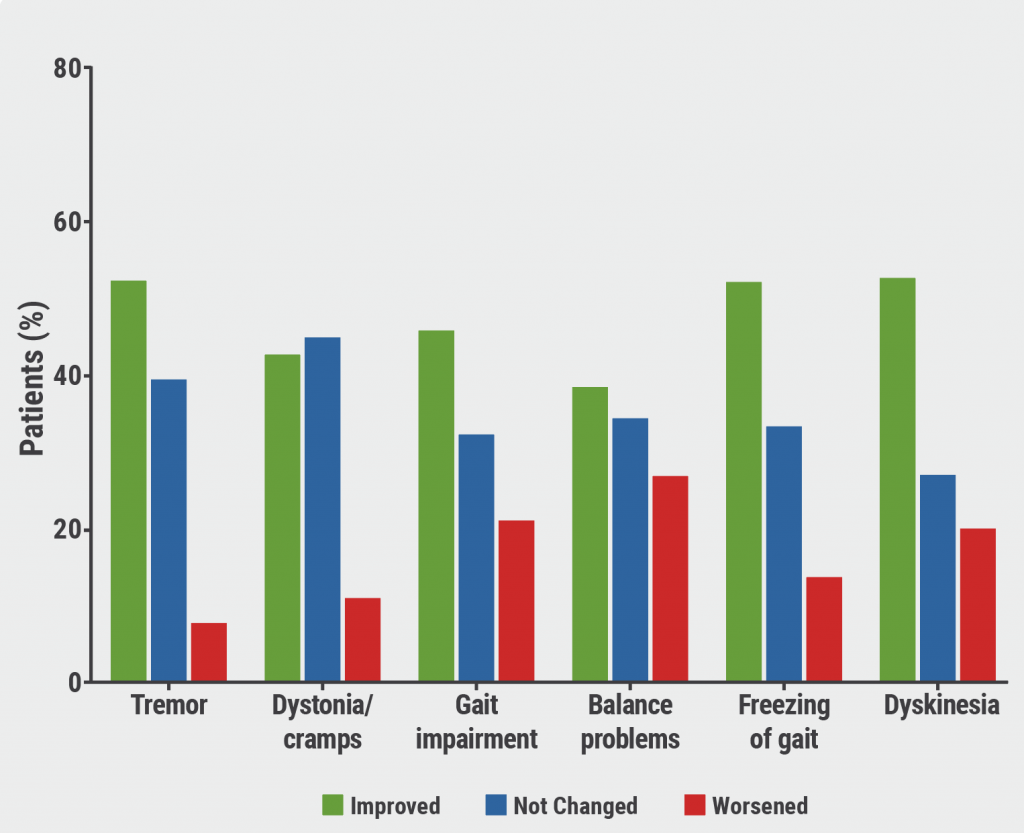Dr Tommaso Bocci (University of Milan, Italy) and colleagues acquired neuropathological data from people who died of COVID-19 and healthy controls to assess brainstem involvement in COVID-19 [1]. Histopathological analysis was performed in 2 patients who died of respiratory failure due to COVID-19-related pneumonia. The results were compared with 2 COVID-19-negative patients who died of non-neurological conditions. To clarify whether neuropathological findings had a functional correlate, the blink reflex was assessed in 11 patients with severe COVID-19, healthy subjects, and non-COVID-19 ICU patients. The glabellar and corneal reflexes were also evaluated.
Autopsies showed extensive neuronal damage and a higher number of corpora amylacea in the medulla oblongata of COVID-19 patients. Immunohistochemistry revealed the presence of SARS-CoV-2 virus in the brainstem. Latencies of the first response (RI) did not differ. However, the medullary second response (RII) of the supraorbital blink reflex was impaired in COVID-19 patients compared with controls and non-COVID-19 ICU patients. Clinically, the glabellar reflex was reduced or absent.
The results suggest that brainstem involvement likely contributes to respiratory failure in COVID-19 patients, as was postulated by Manganelli et al. [2] and Baig et al. [3], Dr Bocci concluded. “Most importantly, SARS-CoV-2 immunohistochemically detected in the vagus nerve fibres is an original and previously unreported finding, which suggests viral trafficking between brainstem and lung.”
- Bulfamante G, et al. Brainstem damage in COVID-19. OPR-054, EAN 2021 Virtual Congress, 19–22 June.
- Manganelli F, et al. Neurol Sci. 2020;41:1663–5.
- Baig AM, et al. ACS Chem. Neurosci. 2020;11(7):995–8.
Copyright ©2021 Medicom Medical Publishers
Posted on
Previous Article
« Minimally invasive device to detect focal seizure activity Next Article
Severe outcomes of COVID-19 in patients with dementia »
« Minimally invasive device to detect focal seizure activity Next Article
Severe outcomes of COVID-19 in patients with dementia »
Table of Contents: EAN 2021
Featured articles
Letter from the Editor
COVID-19
First evidence of brainstem involvement in COVID-19
Cognitive/behavioural alterations persistent after COVID-19
Neural base of persistent hyposmia after COVID-19
Neurological symptoms and complications of COVID-19 affect outcomes
Cerebrovascular Disease
Intracerebral haemorrhage only slightly increases mortality in COVID-19 patients
Stroke with covert brain infarction indicates high vascular risk
Expanding precision medicine to stroke care
Dexamethasone not indicated for chronic subdural haematoma
Cognitive Impairment and Dementia
Severe outcomes of COVID-19 in patients with dementia
Promising diagnostic accuracy of plasma GFAP
Sex modulates effect of cognitive reserve on subjective cognitive decline
Hypersensitivity to uncertainty in subjective cognitive decline
Epilepsy
Minimally invasive device to detect focal seizure activity
‘Mozart effect’ in epilepsy: why Mozart tops Haydn
Migraine and Headache
Factors associated with decreased migraine attack risk
Pregnant migraine patients at higher risk of complications
Occipital nerve stimulation in drug-resistant cluster headache
Rhythmicity in primary headache disorders
Multiple Sclerosis and NMOSD
Typing behaviour to remotely monitor clinical MS status
Alemtuzumab in treatment-naïve patients with aggressive MS
No higher early MS relapse frequency after stopping ponesimod
Good long-term safety and efficacy of inebilizumab in NMOSD
Neuromuscular Disorders
Inability to recognise disgust as first cognitive symptom of ALS
Pathogenic T-cell signature identified in myasthenia gravis
Parkinson’s Disease
Levodopa-carbidopa intestinal gel in patients with advanced PD
New Frontier – Navigated Transcranial Ultrasound
Exploring the possibilities
Related Articles

August 18, 2021
Levodopa-carbidopa intestinal gel in patients with advanced PD
August 18, 2021
Inability to recognise disgust as first cognitive symptom of ALS
August 18, 2021
Long-term effectiveness of ANT-DBS in epilepsy confirmed
© 2024 Medicom Medical Publishers. All rights reserved. Terms and Conditions | Privacy Policy

